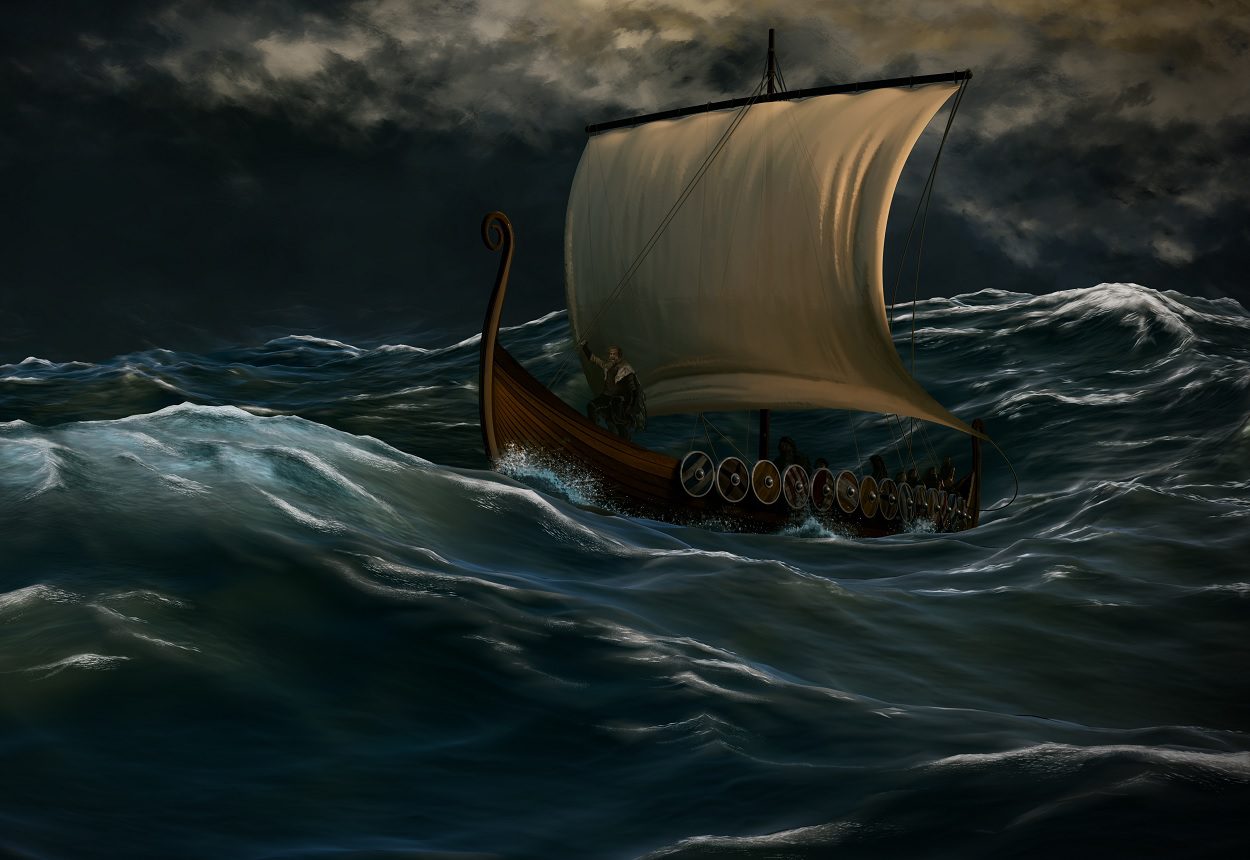A microscopic analysis has revealed that Norse colonists imported timber from Northern Europe and North America to Greenland.
Greenland, or Grœnland in Old Norse, was settled by Norwegian and Icelandic explorers in AD 985 or 986. The settlers established two colonies on the southwest coast: The Eastern Settlement or Eystribyggð, in what is now Qaqortoq, and the Western Settlement or Vestribygð, close to present-day Nuuk.
In a study published in the journal Antiquity, archaeologists from the University of Iceland have conducted a wood taxa analysis on pieces of timber found in 11th to 14th century AD Norse farmsteads.
The purpose of the study is to differentiate between native wood, imported wood, and driftwood, revealing that 0.27% of the wood was unambiguous imports, including oak, beech, hemlock and Jack pine. Another 25% of the total wood was either imported or driftwood, including larch, spruce, Scots pine and fir.
Due to the limited resources in Greenland, it has long been suggested that the colonists imported goods and materials such as iron and wood, however, the study has now revealed that these resources were imported from much further than previously thought.
Because hemlock and Jack pine were not present in Northern Europe during the early second millennium AD, the only conclusion to be drawn is that they must have originated in North America. This also confirms the Norse sagas, which describe how the explorers Leifur heppni, Þorleifur karlsefni and Freydís all brought back timber from Vínland to Greenland.
Wood also came from Europe, including the oak, beech and Scots pine. Some of the European wood may have come as ready-made artefacts such as barrel staves, while reused ship timber could have been brought to use in building construction.
According to the researchers: “The presence of North American timber shows that Norse Greenlanders had the means, knowledge and appropriate vessels to cross the Davis Strait to the east coast of North America at least up until the 14th century.”
https://doi.org/10.15184/aqy.2023.13





